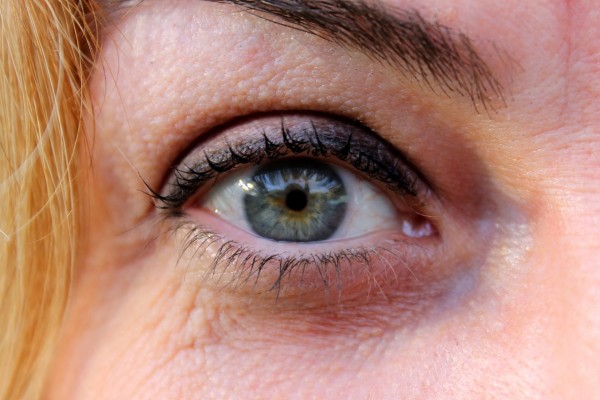
There is no cure for this devastating disease, and there is no known treatment capable of preventing the progressive loss of eyesight experienced by those afflicted with it.
An animal study conducted by researchers from the Italian Institute of Technology may offer some hope. The scientists were able to successfully implant artificial retinas into rats specially bred to develop retinal degeneration. Researchers tested the rats’ light sensitivity 30 days after the implants. Though there was not much improvement in very dim light, in conditions about as light as a dark twilight sky and brighter, there was virtually no difference in the vision capabilities of the test rats and those of healthy animals.
The rats’ vision was tested again at both six and 10 months, and the implants were still working effectively, of course making allowance for the natural vision loss experienced by all rats as they get older.
So, how does the implant work? Science Alert explains, “The implant is made from a thin layer of conductive polymer, placed on a silk-based substrate and covered with a semiconducting polymer.
“The semiconducting polymer acts as a photovoltaic material, absorbing photons when light enters the lens of the eye. When this happens, electricity stimulates retinal neurons, filling in the gap left by the eye's natural but damaged photoreceptors.”
Researchers are hopeful that they will experience the same excellent results when they commence human trials later this year. Preliminary results will be gathered over the course of 2018. The scientists are convinced that the treatment will prove to be a turning point in the treatment of both retinitis pigmentosa and other debilitating retinal diseases. (RELATED: To stay up-to-date with all the latest breakthroughs in medicine be sure to visit Healing.news)
Sources:
Please contact us for more information.






















